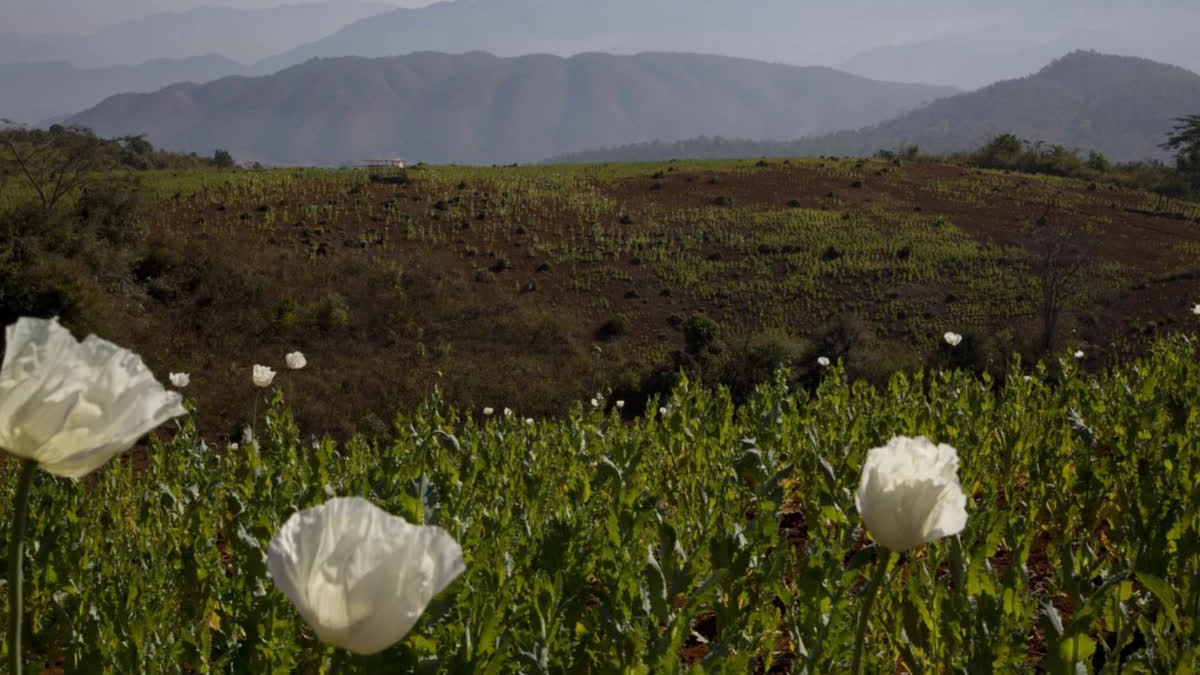Bangkok : Myanmar, already wracked by a brutal civil war, has regained the unenviable title of the world's biggest opium producer, according to a UN agency report released on Tuesday.
The Southeast Asian country's opium output has topped that of Afghanistan, where the ruling Taliban imposed a ban on its production, the United Nations Office on Drugs and Crime said in its Southeast Asia Opium Survey 2023." The Taliban's ban has led to a 95 per cent drop in the cultivation of opium poppies, UNODC said last month. Opium, the base from which morphine and heroin are produced, is harvested from poppy flowers.
From 2022 to 2023, Myanmar saw the estimated amount of land used to grow the illicit crop increase 18 per cent to 47,100 hectares (116,400 acres), the new UNODC report said. Although the area under cultivation has not returned to historic peaks of nearly 58,000 ha (143,300 acres) cultivated in 2013, after three consecutive years of increases, poppy cultivation in Myanmar is expanding and becoming more productive, it said.
It also noted that the estimated opium yield expanded by 16 per cent to 22.9 kilograms per hectare (20.43 pounds per acre) topping the previous record set in 2022. It attributes that increase to increasingly sophisticated means of cultivation, including increased plot density, improved organisation of plants, and enhanced practices, such as the use of irrigation systems and potentially fertilizers.
The violent political turmoil in Myanmar has contributed to the opium production increase. The economic, security and governance disruptions that followed the military takeover of February 2021 continue to drive farmers in remote areas towards opium to make a living, UNODC Regional Representative Jeremy Douglas said.
The report notes that opium poppy cultivation in Southeast Asia is closely linked to poverty, lack of government services, challenging macroeconomic environments, instability, and insecurity. For farmers, the bottom line is simple economics. UNODC said the average price paid to opium growers increased by 27 per cent to about USD 355 per kilogram (USD 161 per pound), demonstrating the attractiveness of opium as a crop and commodity and strong demand.
